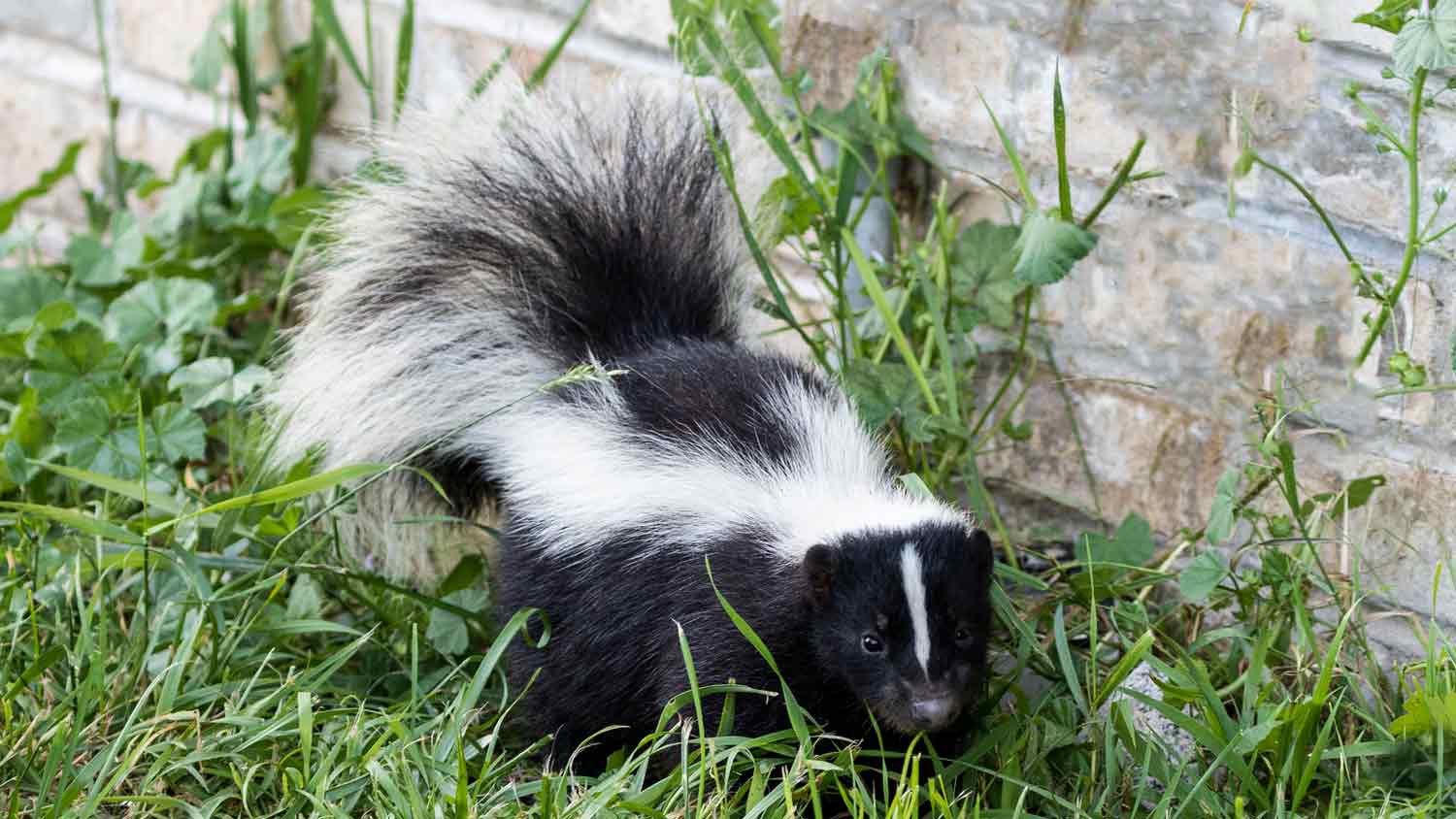
Professional wasp nest removal ensures safe and effective treatment, reducing the risk of stings. Costs vary based on factors like nest size, location, and accessibility, with harder-to-reach nests often requiring specialized removal.
Exterminating rats costs an average of $395


A rat exterminator costs most homeowners between $176 and $613 or $395 on average. Minor jobs can run as low as $80, while severe or hard-to-reach infestations can reach $1,500.
Cost factors include the severity of infestation and the method used for extermination.
You may also face plumbing, HVAC, and drywall repairs after extermination.
You can reduce costs by investing in a proper professional rodent inspection and setting your own traps.
This article was updated using automation technology and thoroughly reviewed for accuracy by HomeAdvisor Editor Ryan Noonan.
On average, homeowners spend between $176 and $613 on rat exterminator costs, with an average cost of $395. Key cost factors include infestation severity and extermination method. Proper budgeting and professional extermination assistance help ensure safe, rapid, and effective rodent control.
Your rat exterminator costs depend on a couple of key cost factors. Here’s a closer look at how your total breaks down.
The severity of the infestation determines the price because it impacts what treatment methods are necessary and how many follow-up visits the rodent exterminator needs to make. Keep in mind, fumigation is often a last resort. For severe infestations, professional treatment may require fumigation, which costs $1 to $3 per square foot, translating to roughly $2,000 to $6,000 for a 2,000-square-foot home.
You can choose from various methods to catch or kill rodents. We discuss them in detail below.
Live removal costs vary by region, but plan on $50 per rat for trapping and relocation. The added expense comes from relocating the pests at least one mile from any home, which takes time, adds mileage to vehicles, and uses extra fuel.
Some pros advise against this method for rodents since they’re likely to die outside in the winter. It’s also illegal in some areas to prevent rodents from becoming invasive to new ecosystems and harming the environment.
Rat fumigation costs $1 to $3 per square foot, or $2,000 to $6,000 for a 2,000-square-foot home. However, qualified pros can easily control any rodent infestation with bait, traps, and exclusion; most don't even offer fumigation services. Only fumigate as a last resort. It's disruptive and harmful for several reasons, such as the following:
Fumigation can expose you, your family, and your pets to chemicals.
You'll need to move out of your home for a few days.
It leaves dead rodents to decompose in the walls.
Chemicals escape into the environment, possibly causing harm.
Lethal traps are the most common way exterminators remove rodents from a home. Fees increase if your local rodent exterminator needs to set more than 10 traps.
Trap costs vary depending on the type of trap used, with the most common being traditional snap traps, jaw traps, glue traps, CO2 traps, and electronic traps.
There’s no way to get around paying for rodent extermination when you need it, but there are a few ways you can reduce the costs:
Schedule a professional inspection, which costs between $100 and $200, to assess the scope of the problem and avoid paying for unnecessary services.
Consider setting up your own traps if you have a minor infestation.
Seal any entry points into your home as soon as you notice them—you can also fill cavities with steel wool to discourage rodents from traveling through them.
Contact a professional pest control technician in your area as soon as you notice rodents, as unchecked infestations can escalate rapidly.
Pay to have your home professionally sealed after extermination to prevent future infestations.
No place is more important than your home, which is why HomeAdvisor connects homeowners with local pros to transform their houses into homes they love. To help homeowners prepare for their next project, HomeAdvisor provides readers with accurate cost data and follows strict editorial guidelines. We surveyed thousands of real customers about their project costs to develop the pricing data you see, so you can make the best decisions for you and your home. We pair this data with research from reputable sources, including the U.S. Bureau of Labor Statistics, academic journals, market studies, and interviews with industry experts—all to ensure our prices reflect real-world projects.
From average costs to expert advice, get all the answers you need to get your job done.

Professional wasp nest removal ensures safe and effective treatment, reducing the risk of stings. Costs vary based on factors like nest size, location, and accessibility, with harder-to-reach nests often requiring specialized removal.

Budget for flea exterminator costs based on factors such as removal method, treatment frequency, home size, time of year, location, and more.

Budget for cockroach exterminator costs based on factors such as home size, infestation location, severity, treatment method, and more.

Budget for termite treatment costs based on factors such as termite type, infestation size, inspections, treatment type, labor, and more.

Budget for termite inspection costs based on factors such as treatment type, property size, inspection type, severity, documentation, and more.

Who to call for skunk removal? Learn when to hire animal control or pest control, safety tips, and skunk removal cost before you book